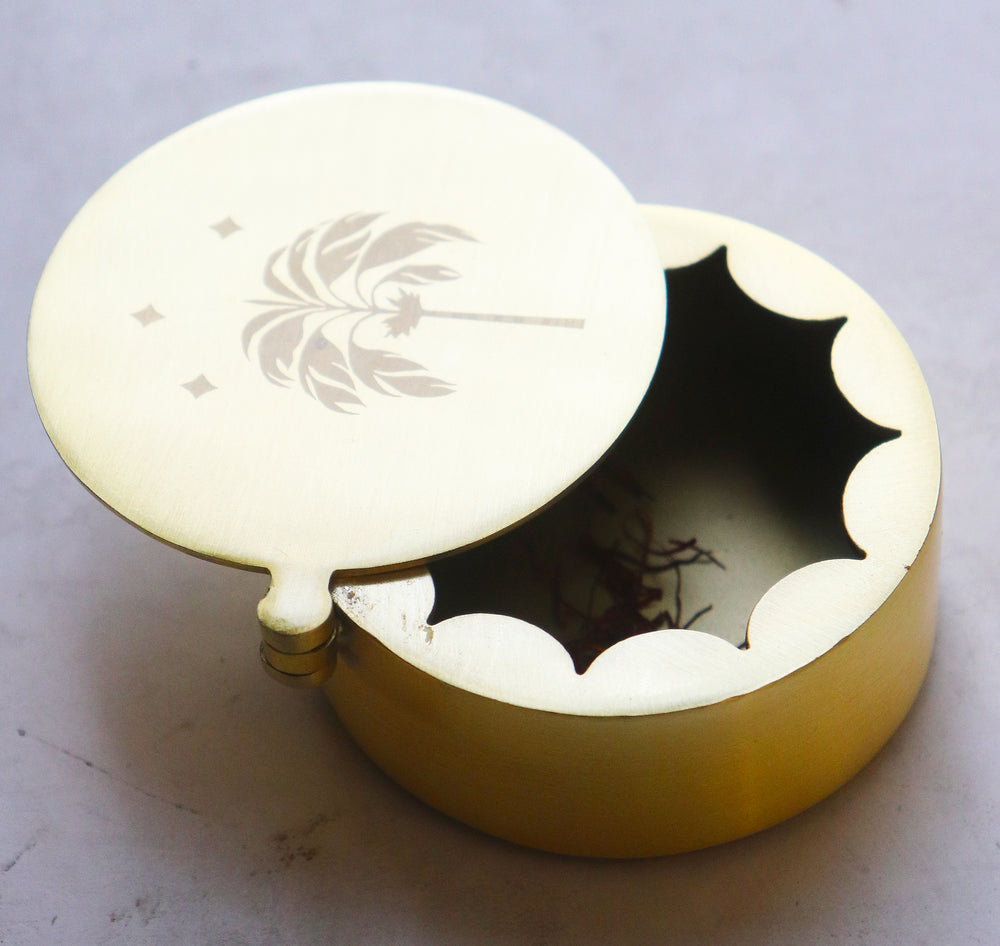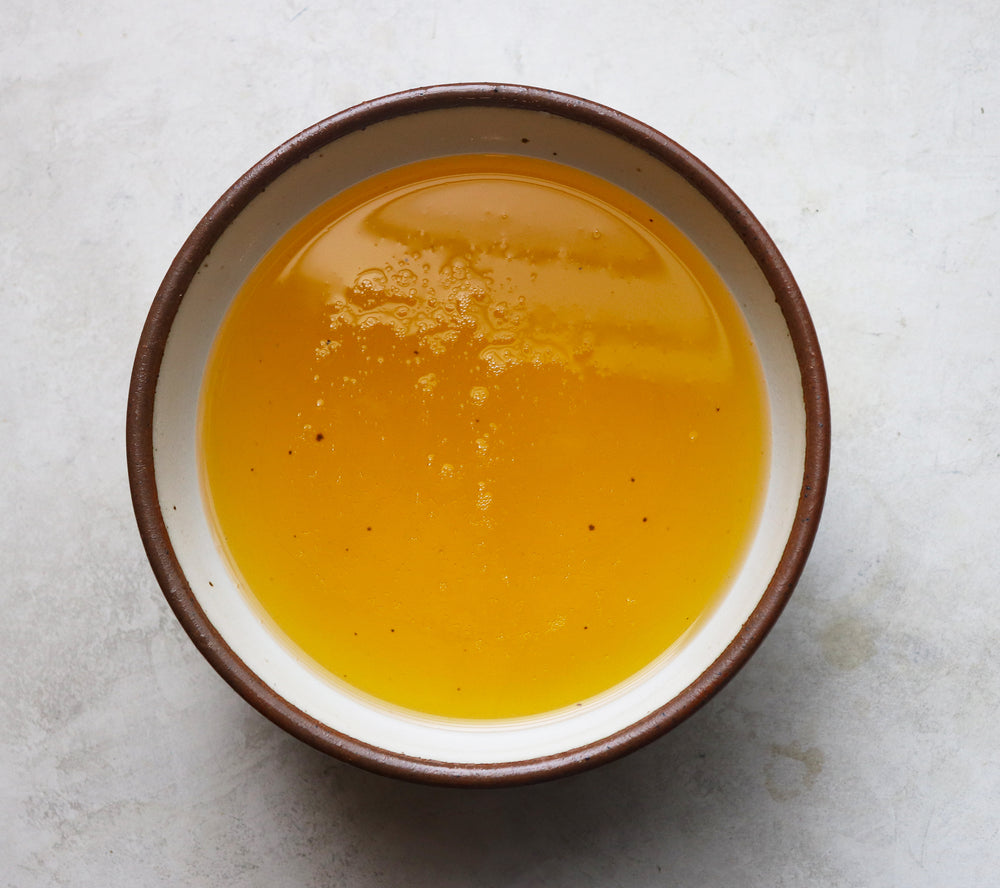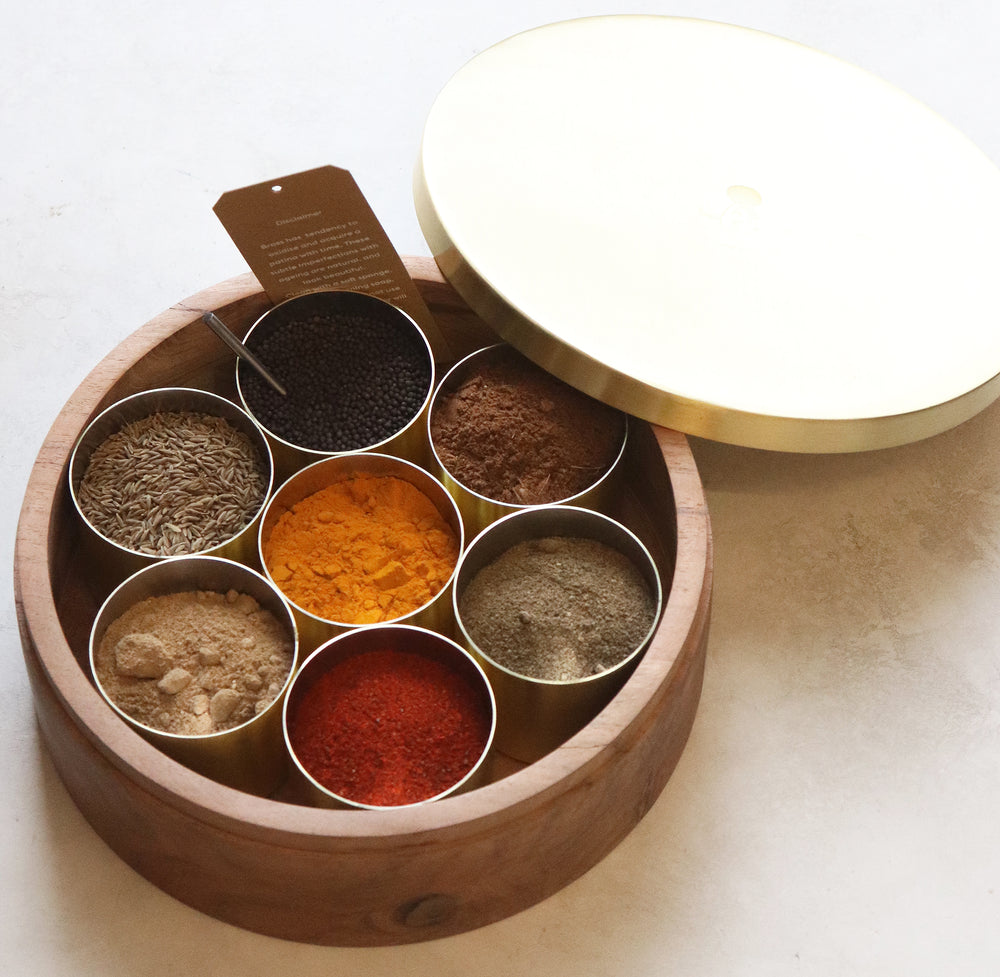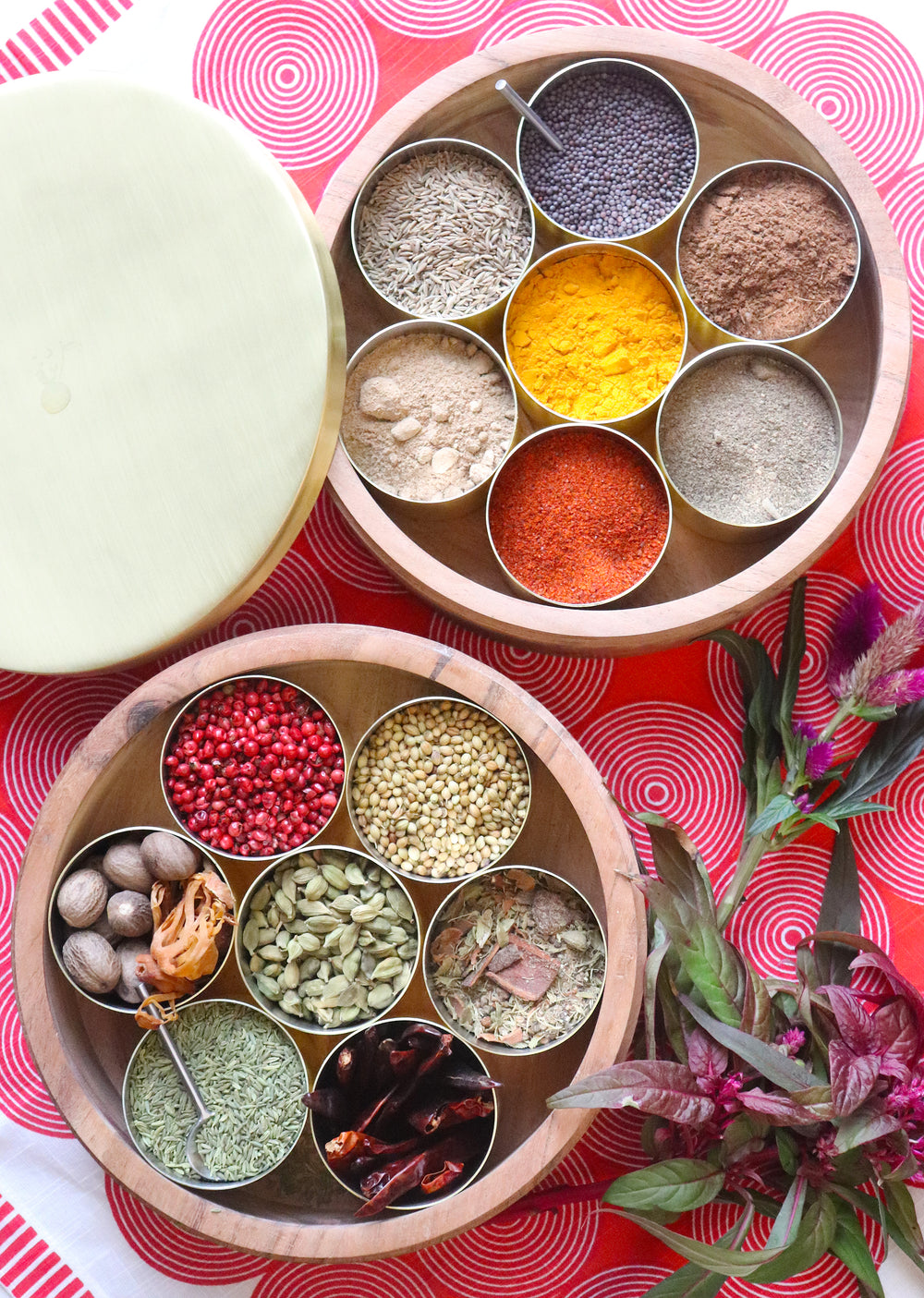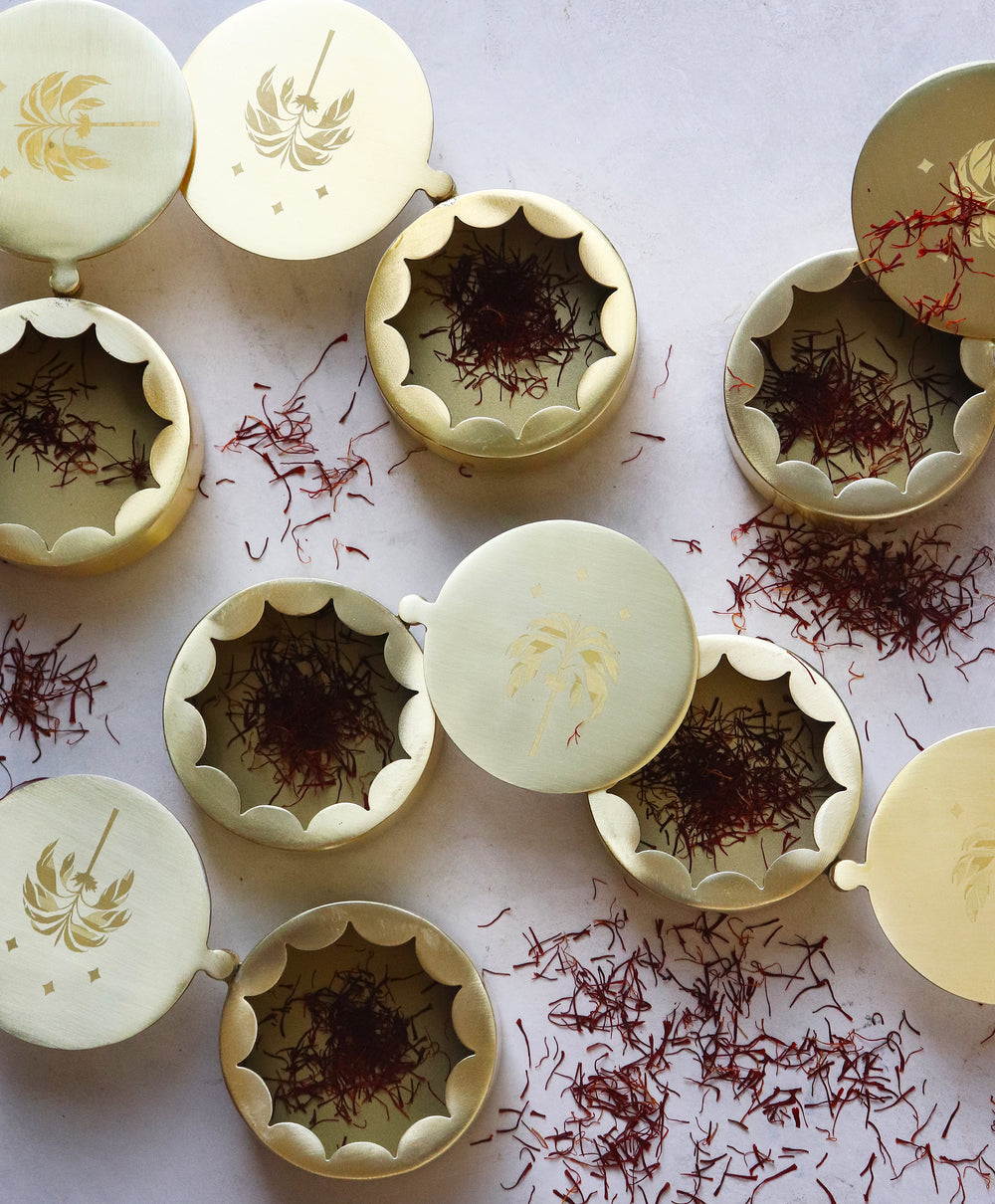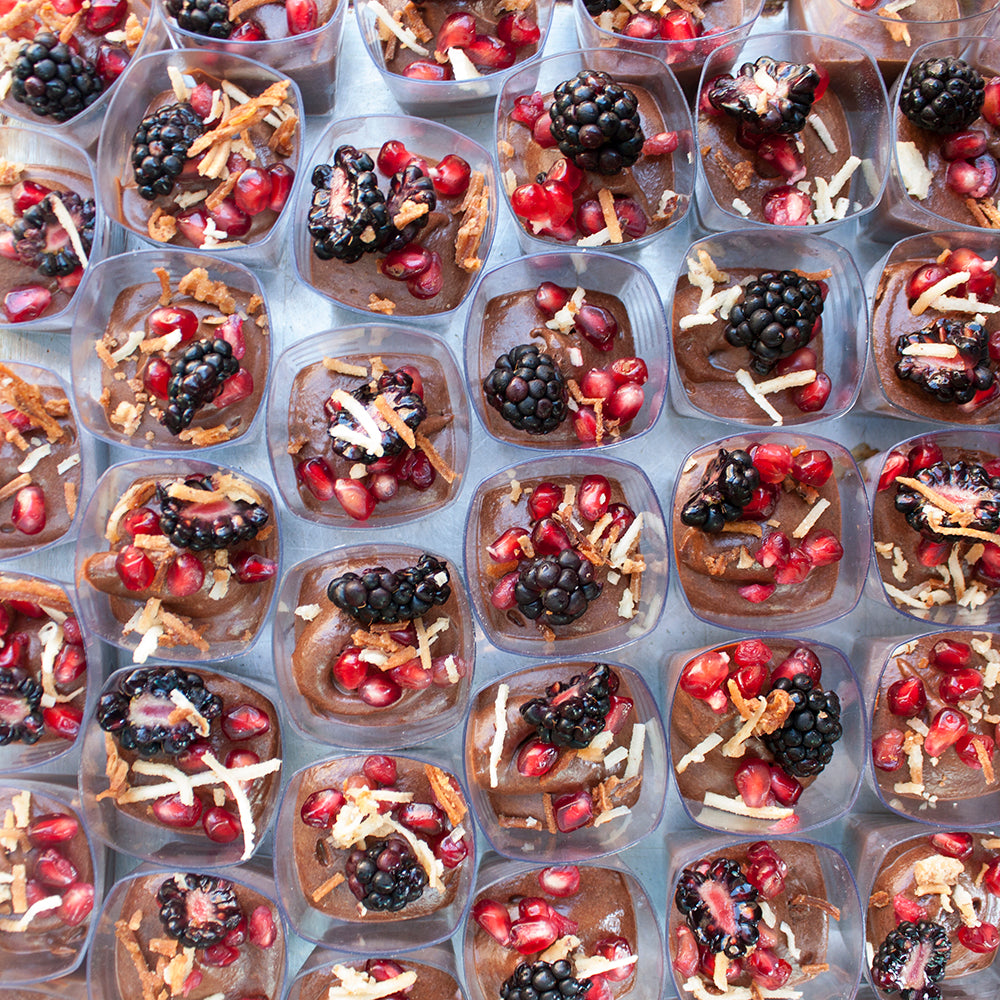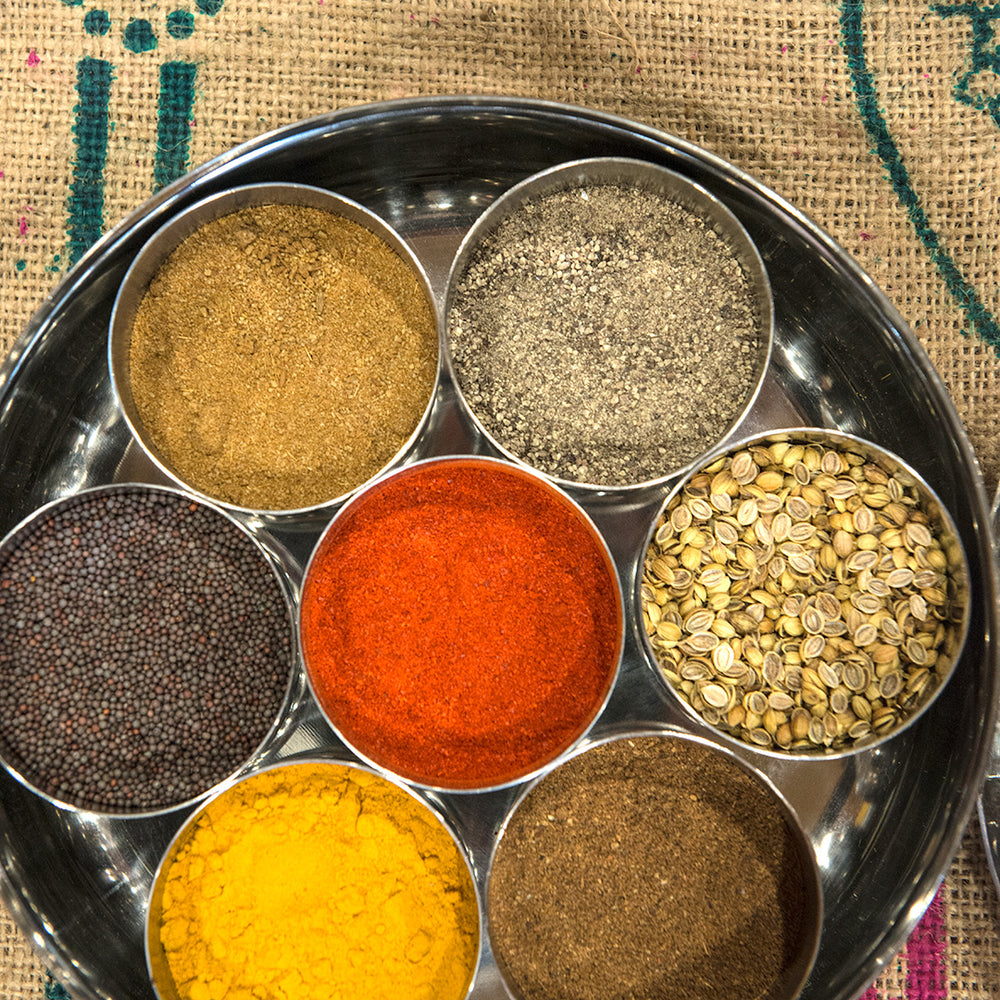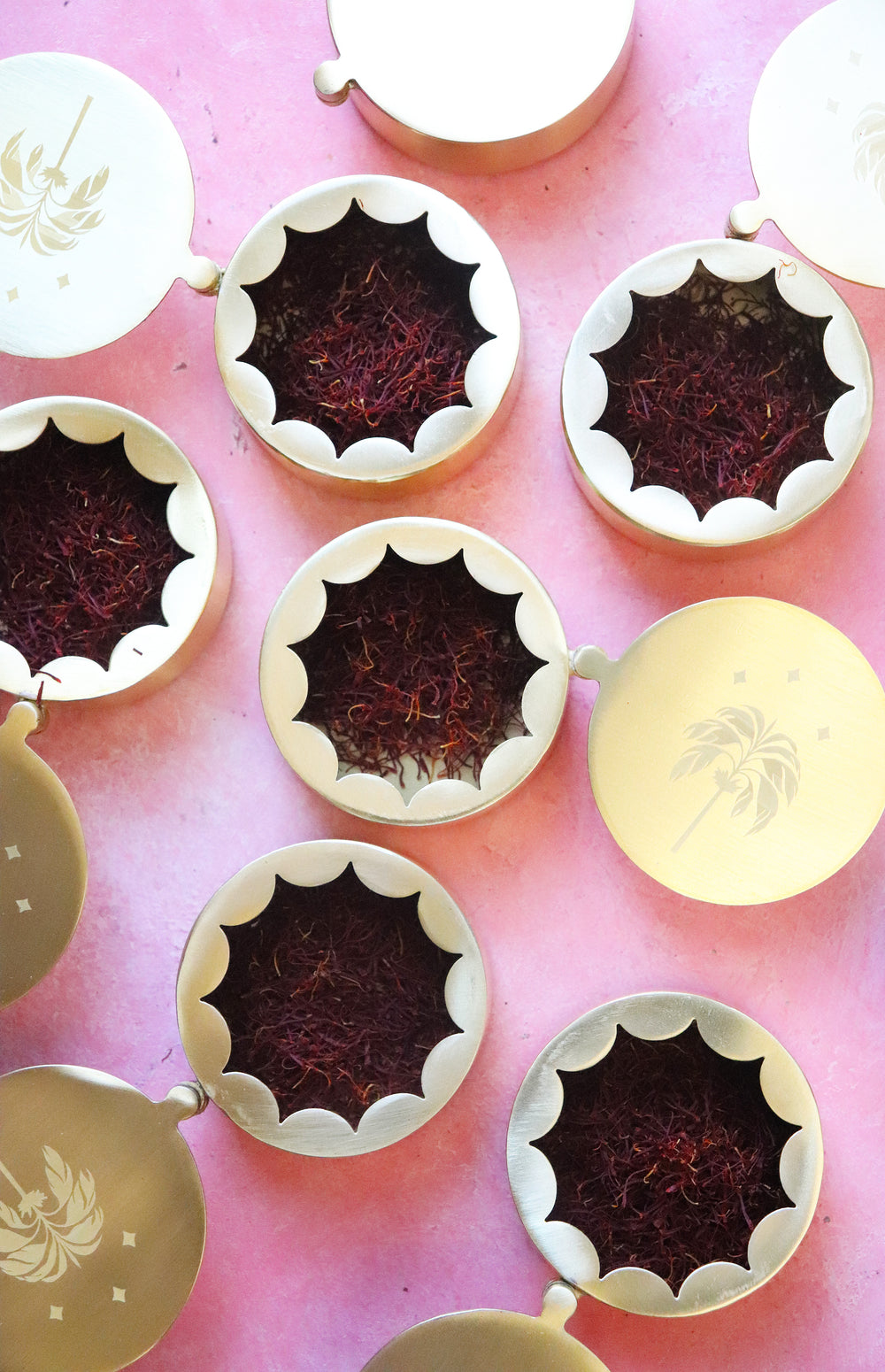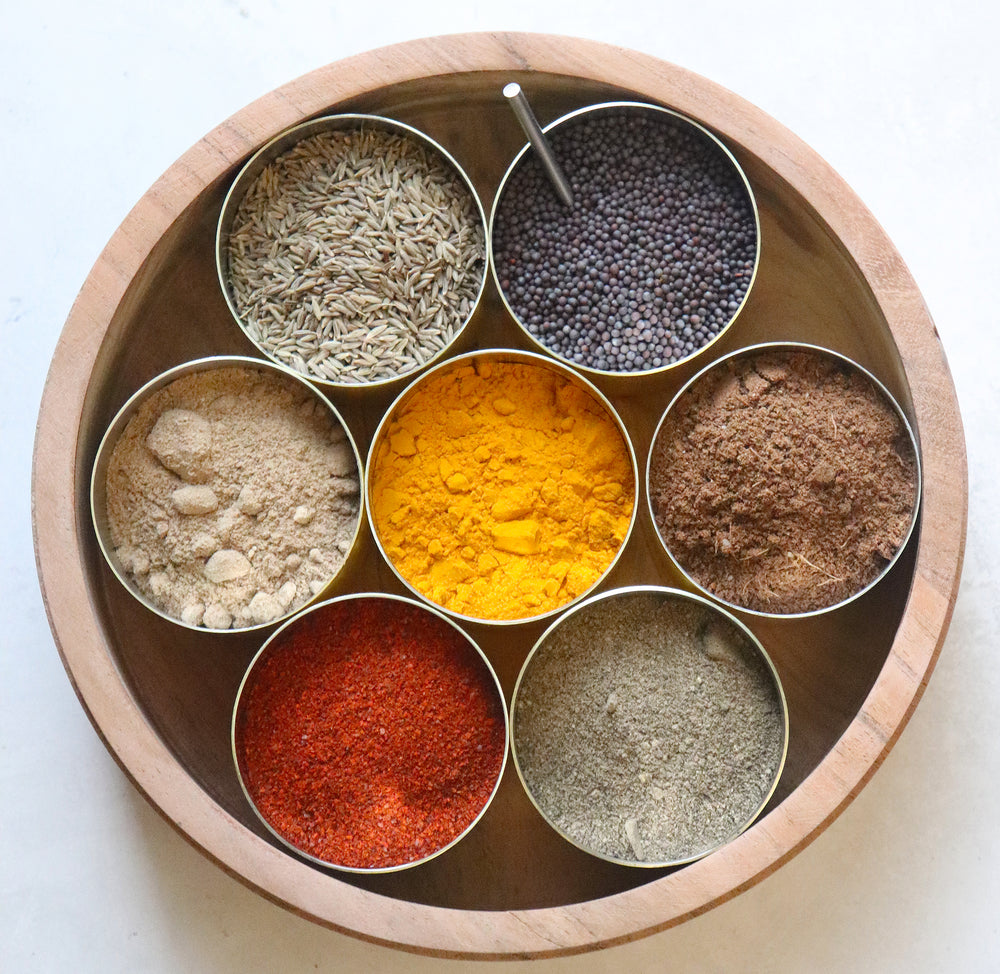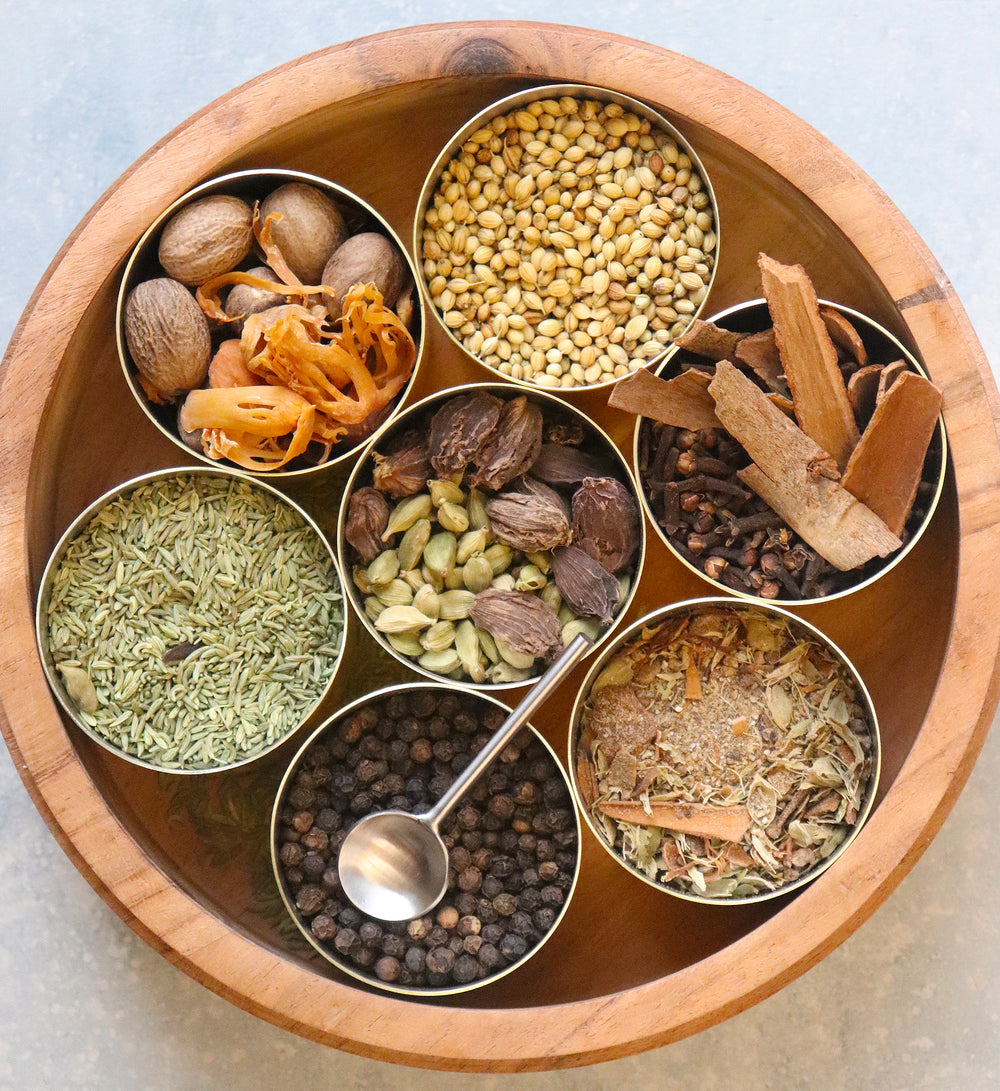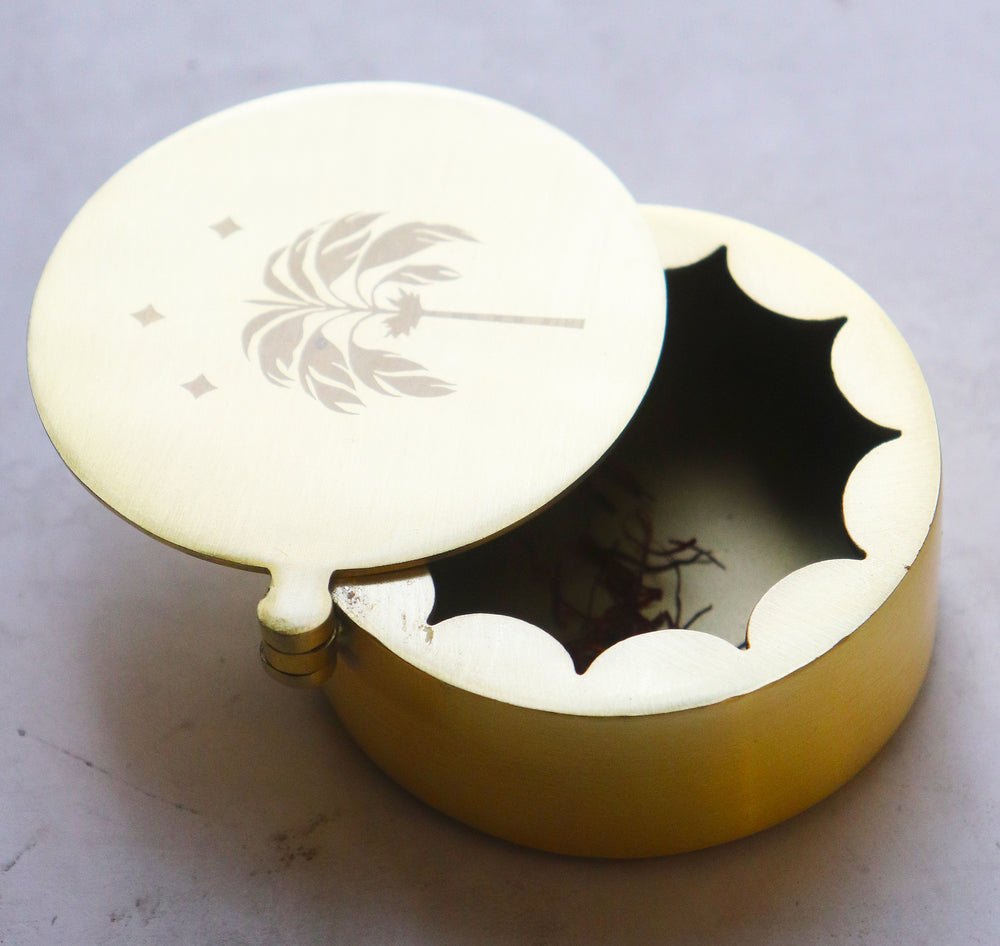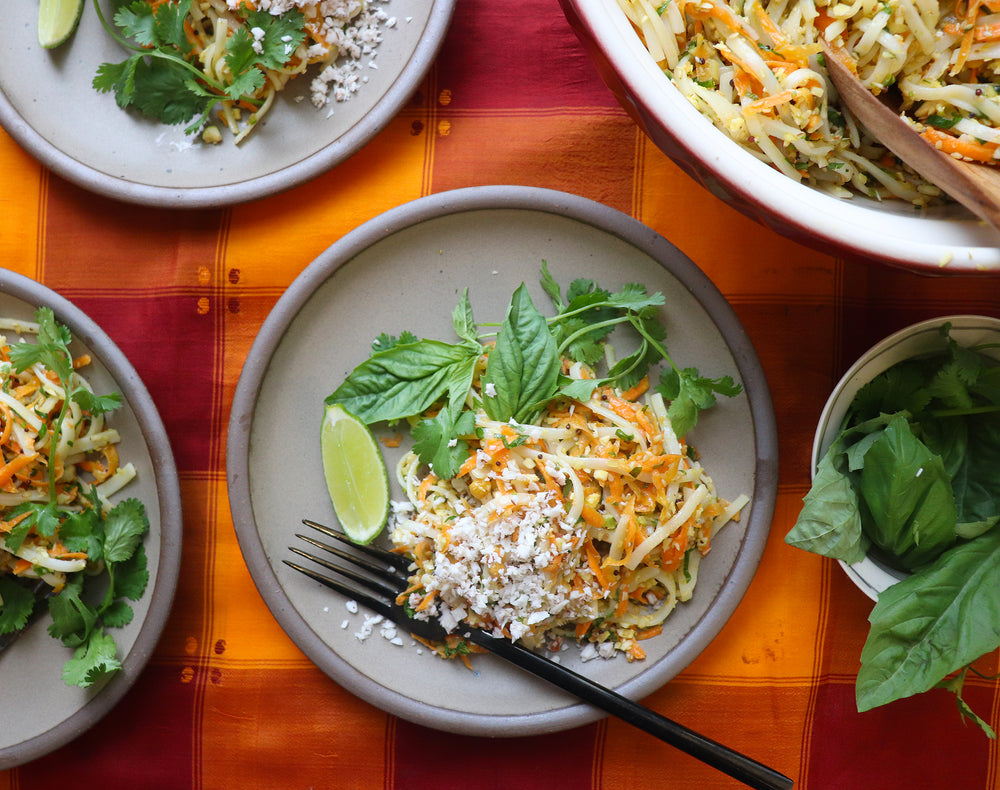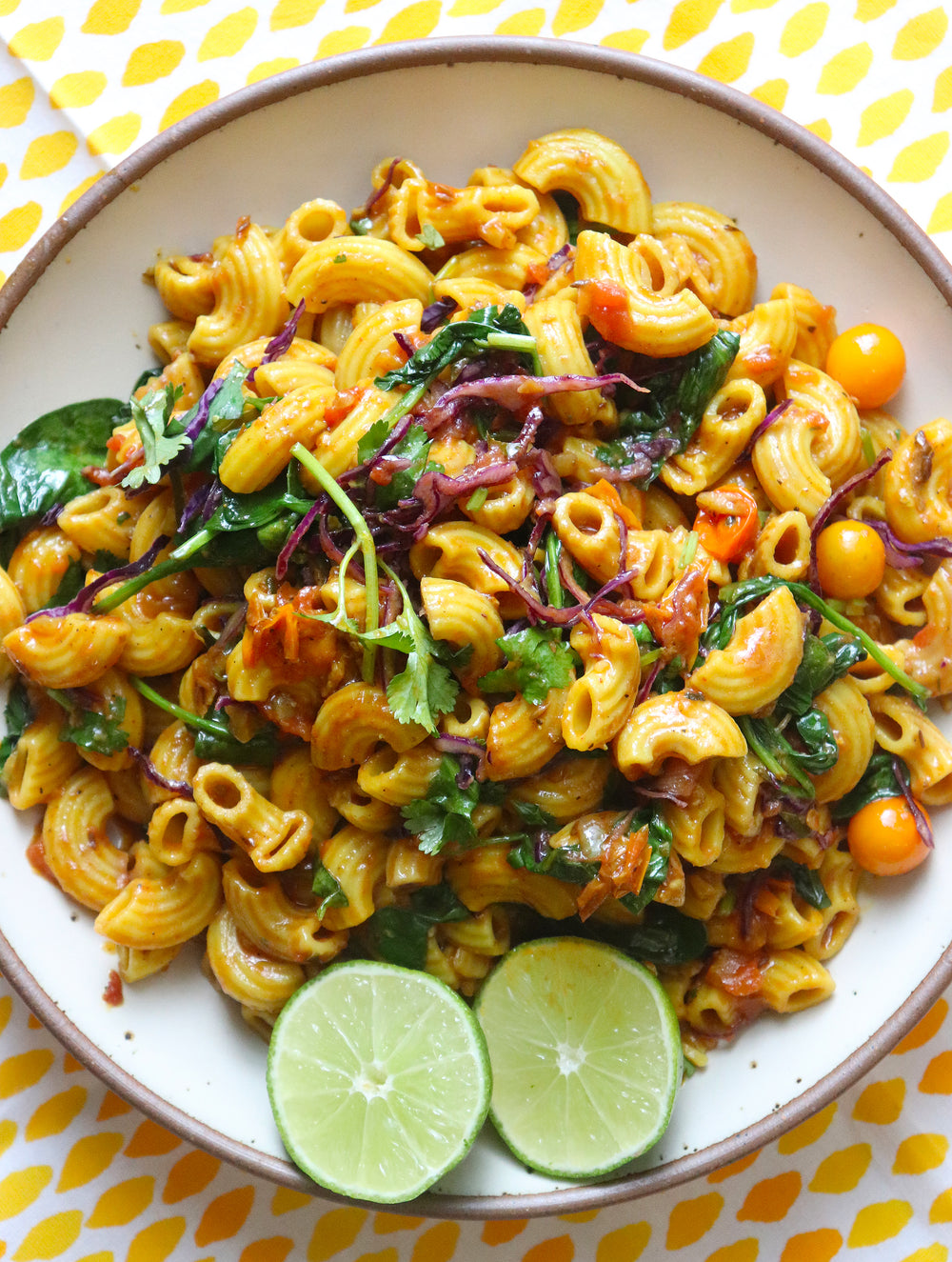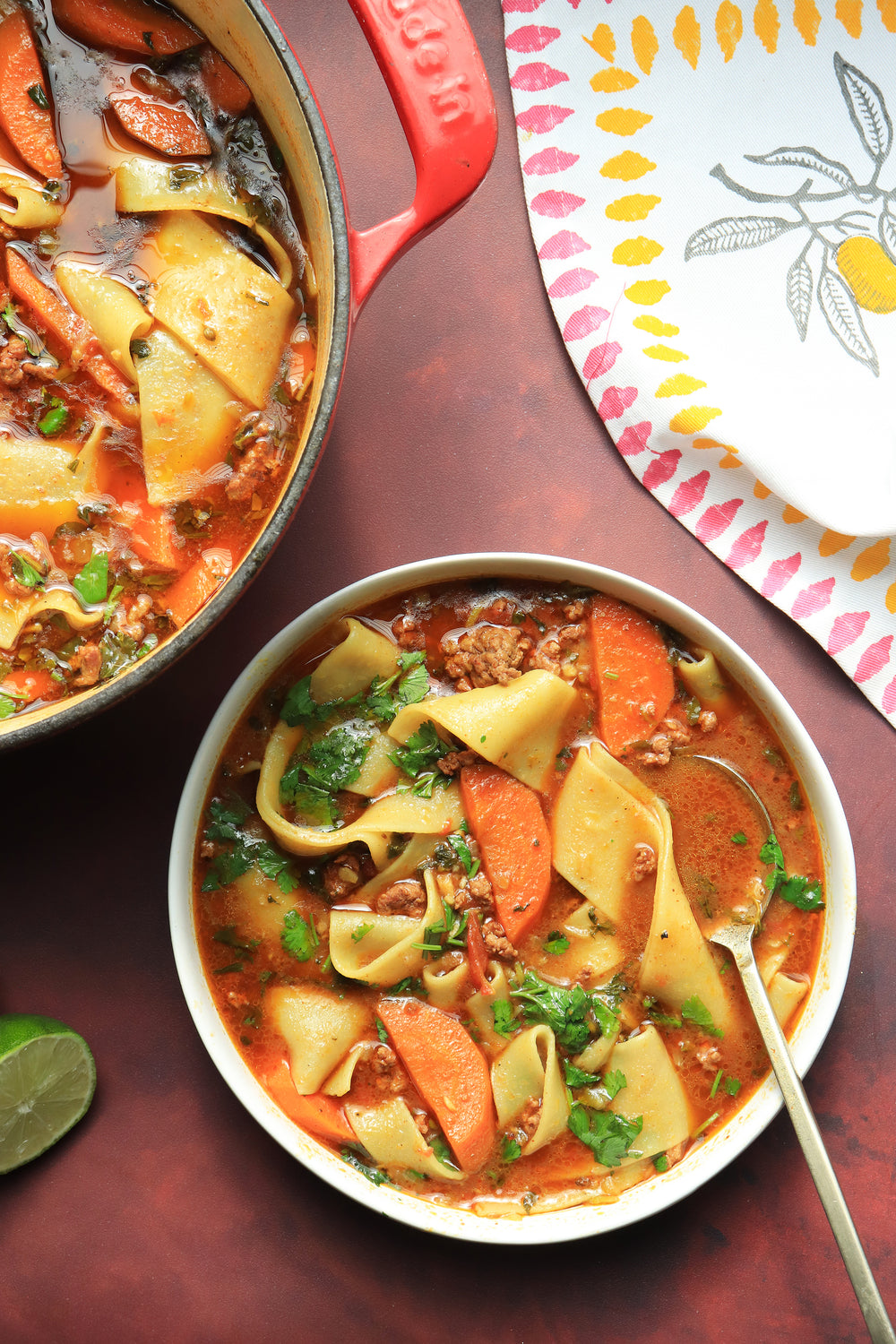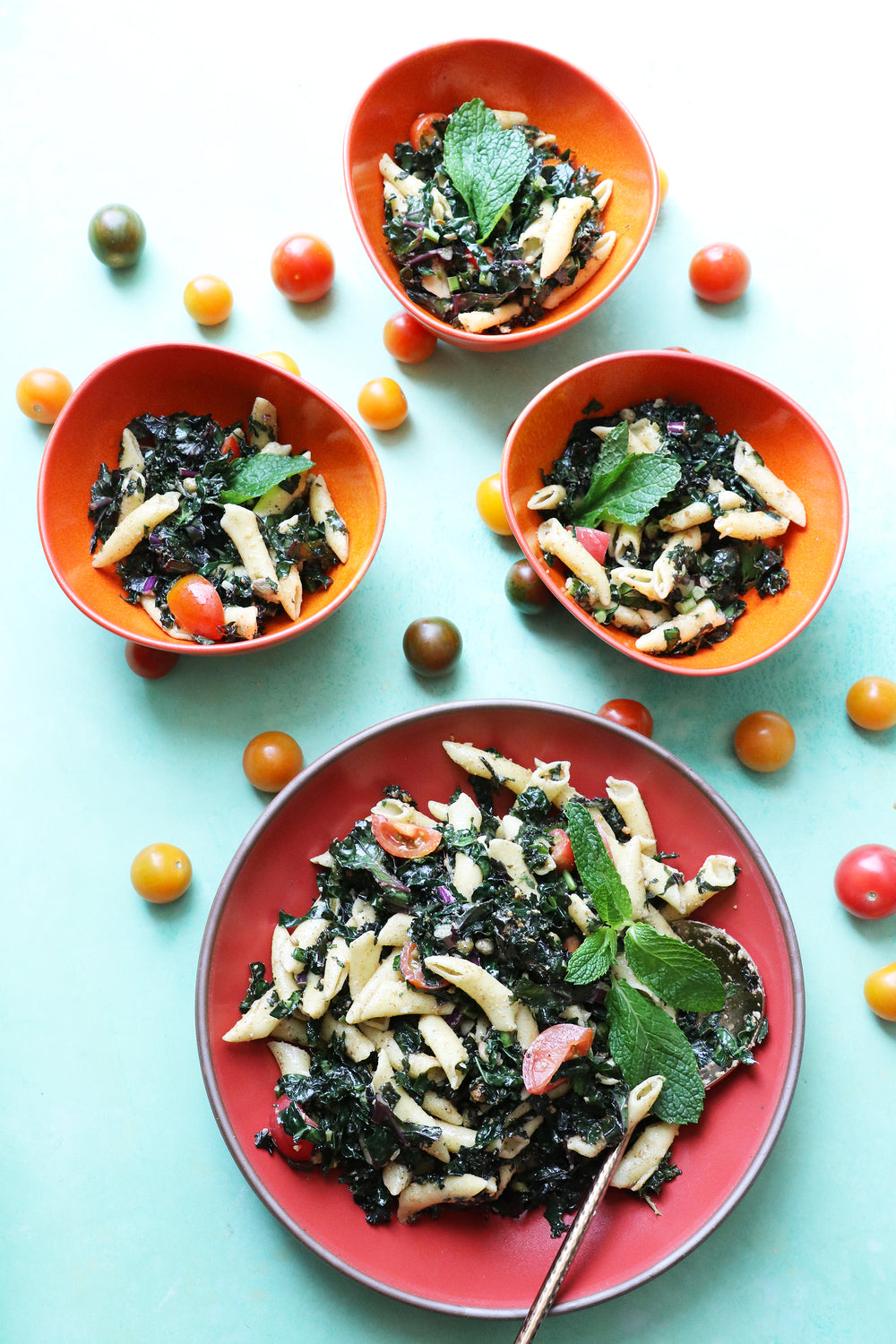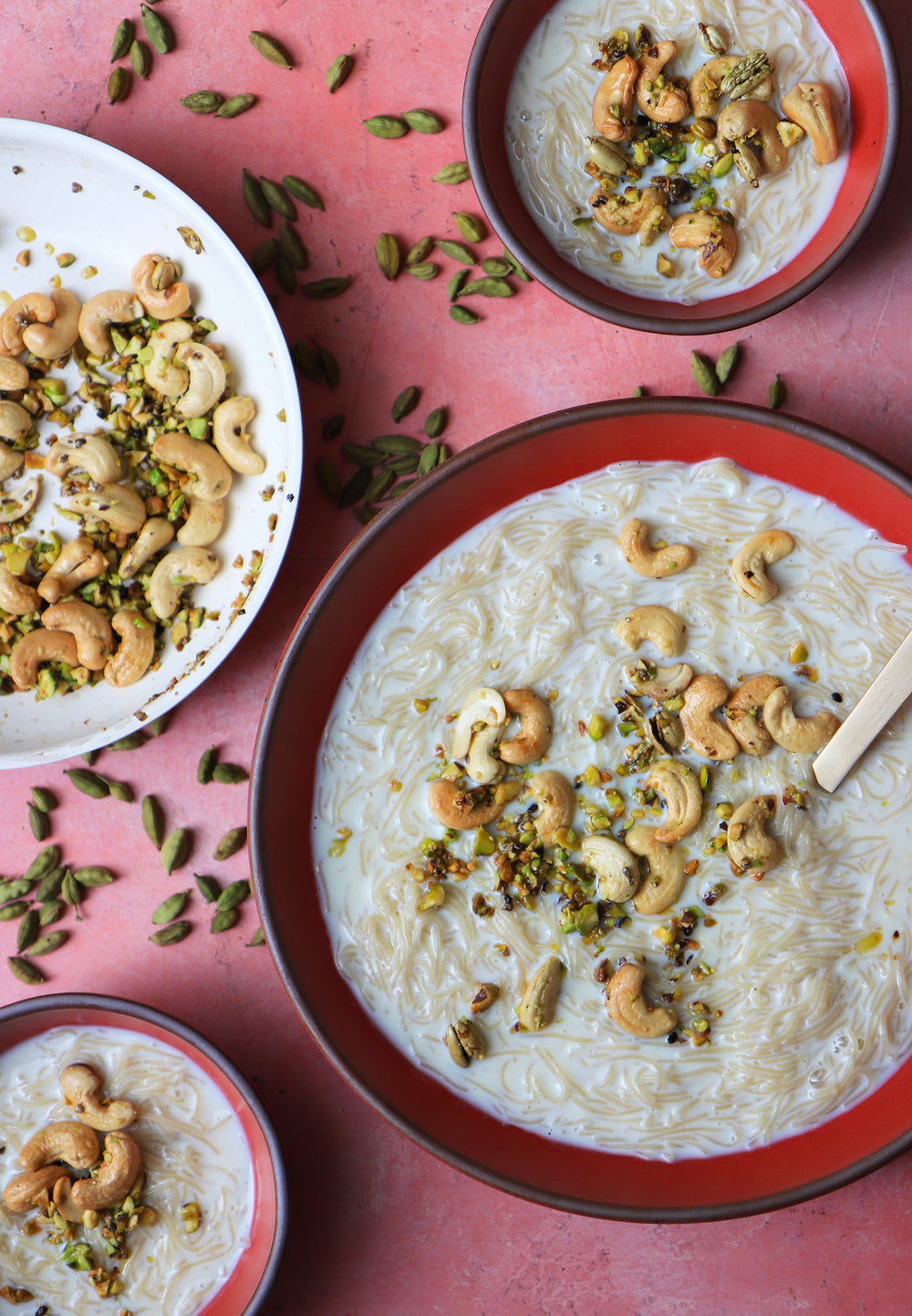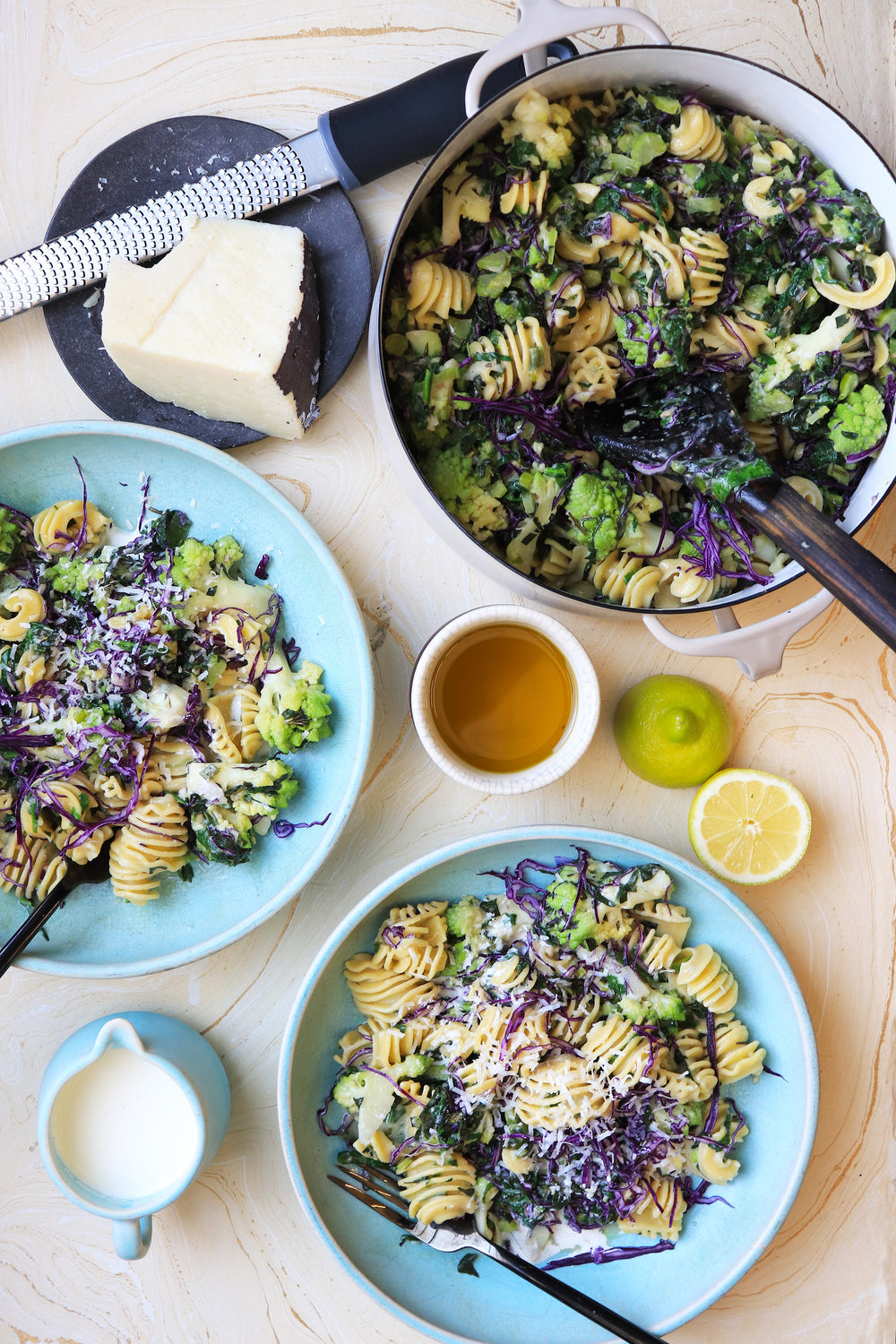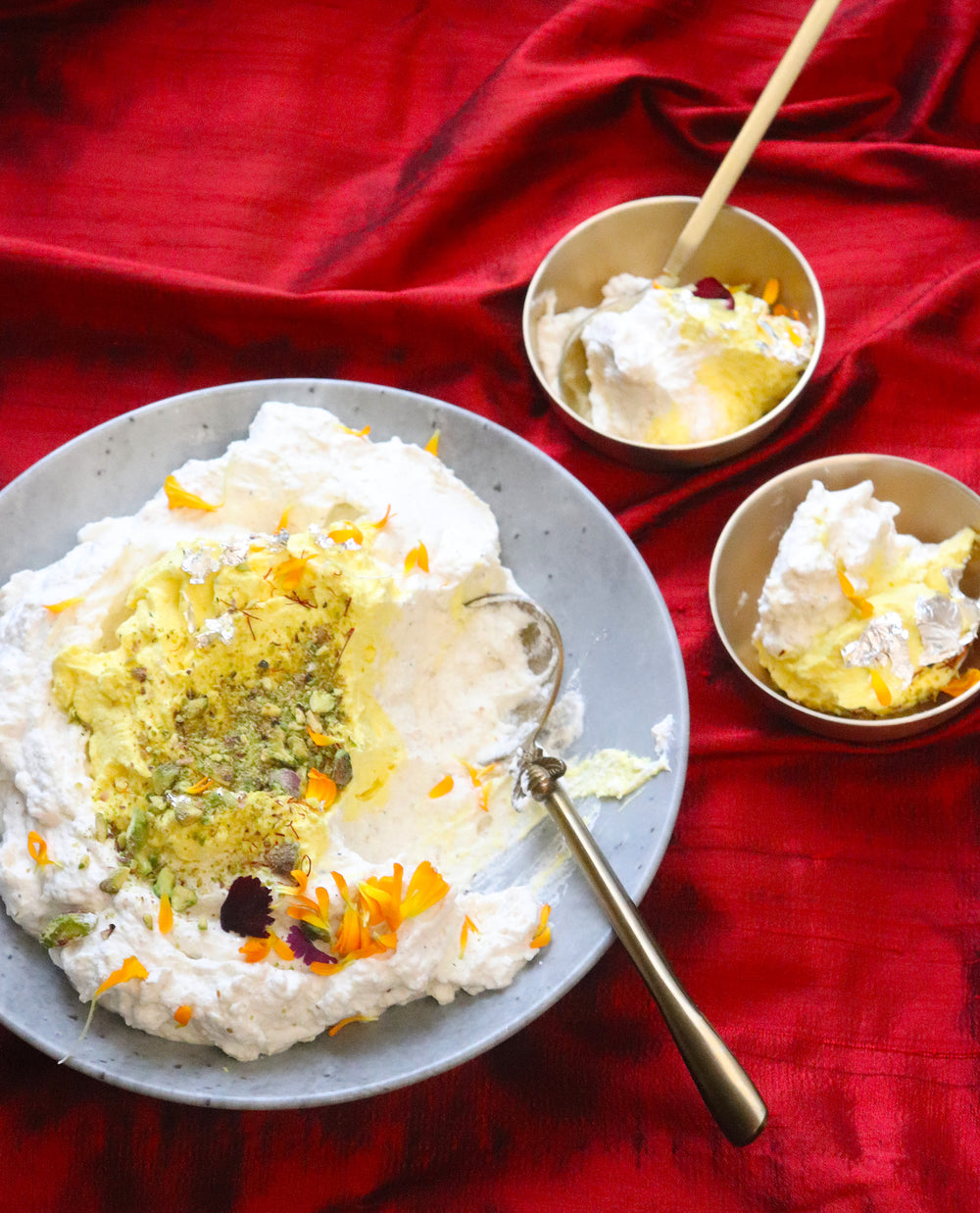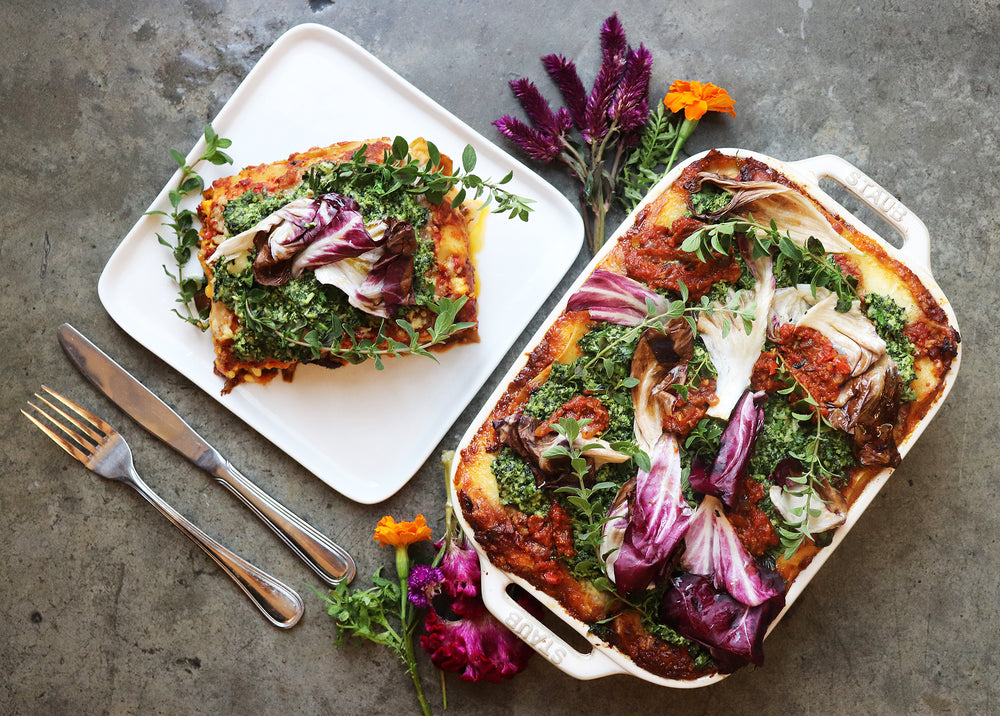
180 Min
NF
Venetian Lasagna
Venice, once the queen of the Adriatic Sea, was the gateway of spices from India and the undisputed ruler of Europe’s spice trade.
Pepper, ginger, cinnamon and nutmeg were widespread in Italian Renaissance cooking, and generations of well-off Italians would grow up with the taste of Malabar pepper on their tongues. It’s what inspired Marco Polo, a Venetian merchant, to make the treacherous journey to learn more about the East during the 12th century. The medieval ruling classes had a particular penchant for strongly seasoned dishes — the higher the ranking of a household, the greater its use of spices. The fortune Venice reaped with the spice trade helped turn the city into the beautiful vision it is today.
These days, though the use of pepper is still prevalent, there’s barely a trace of the other seasonings in Venetian cuisine — the ginger, cinnamon, nutmeg and cloves that once filled the city’s great galleys and suffused its suppers with Eastern scents is mostly gone. When Venice lost its overseas empire, its cuisine became more dependent on local Italian ingredients.
I have been to Italy only once but reminisce about that trip often, with memories growing fonder with time. It was in the month of November and my kids were in their young teens. We walked through Rome for days on end, devouring pasta, pizza and incredible antipasti. Despite being a committed chai drinker, I would have endless espresso breaks, and my kids missed no opportunity to try new gelato flavors.
After a few days, we took a train to Venice, a city I was eager to visit. We arrived on a cold, dreary, rainy day, and as our gondola dropped us at our hotel, I noticed a small cafe nearby with barely a sign in the front. We walked over, and it was serving what looked like very ordinary lasagna.
But when I tasted it, I was surprised and delighted at the complex notes of cinnamon and black pepper in the tomato sauce that went with the fresh layers of pasta, eggplant and radicchio. Maybe the Venetians had not lost touch with spices after all? Fresh herbs and sharp cheeses added brightness and depth to the humble-looking dish.
Here, I have tried to re-create it using local fall vegetables, and more spices, of course, throwing in ginger for old times’ sake. It’s rich, decadent — and vegetarian.
Venice, once the queen of the Adriatic Sea, was the gateway of spices from India and the undisputed ruler of Europe’s spice trade.
Pepper, ginger, cinnamon and nutmeg were widespread in Italian Renaissance cooking, and generations of well-off Italians would grow up with the taste of Malabar pepper on their tongues. It’s what inspired Marco Polo, a Venetian merchant, to make the treacherous journey to learn more about the East during the 12th century. The medieval ruling classes had a particular penchant for strongly seasoned dishes — the higher the ranking of a household, the greater its use of spices. The fortune Venice reaped with the spice trade helped turn the city into the beautiful vision it is today.
These days, though the use of pepper is still prevalent, there’s barely a trace of the other seasonings in Venetian cuisine — the ginger, cinnamon, nutmeg and cloves that once filled the city’s great galleys and suffused its suppers with Eastern scents is mostly gone. When Venice lost its overseas empire, its cuisine became more dependent on local Italian ingredients.
I have been to Italy only once but reminisce about that trip often, with memories growing fonder with time. It was in the month of November and my kids were in their young teens. We walked through Rome for days on end, devouring pasta, pizza and incredible antipasti. Despite being a committed chai drinker, I would have endless espresso breaks, and my kids missed no opportunity to try new gelato flavors.
After a few days, we took a train to Venice, a city I was eager to visit. We arrived on a cold, dreary, rainy day, and as our gondola dropped us at our hotel, I noticed a small cafe nearby with barely a sign in the front. We walked over, and it was serving what looked like very ordinary lasagna.
But when I tasted it, I was surprised and delighted at the complex notes of cinnamon and black pepper in the tomato sauce that went with the fresh layers of pasta, eggplant and radicchio. Maybe the Venetians had not lost touch with spices after all? Fresh herbs and sharp cheeses added brightness and depth to the humble-looking dish.
Here, I have tried to re-create it using local fall vegetables, and more spices, of course, throwing in ginger for old times’ sake. It’s rich, decadent — and vegetarian.

180 Minutes
6
Tomato Sauce Instructions:
Mushroom Layer Instructions:
Butternut Squash Layer Instructions:
Spinach Layer Instructions:
To build the lasagna:

Notes & Variations
- Mutti is an imported Italian brand of tomatoes — try the finely chopped variety in a can.
- Use a combination of cultivated mushrooms such as crimini, portobella, shitake and wild such as morels or maitake.
- To cut clean slices of the lasagna, bake it and refrigerate it overnight. Then cut the lasagna into large squares and reheat them individually in the oven. Leftover pieces of lasagna can freeze up to 3 to 4 months.
- You will have some tomato sauce left over; save it and use for other dishes.
- Instead of mushrooms or butternut, try using smoked eggplant.
Tomato Sauce Instructions:
Mushroom Layer Instructions:
Butternut Squash Layer Instructions:
Spinach Layer Instructions:
To build the lasagna:

Notes & Variations
- Mutti is an imported Italian brand of tomatoes — try the finely chopped variety in a can.
- Use a combination of cultivated mushrooms such as crimini, portobella, shitake and wild such as morels or maitake.
- To cut clean slices of the lasagna, bake it and refrigerate it overnight. Then cut the lasagna into large squares and reheat them individually in the oven. Leftover pieces of lasagna can freeze up to 3 to 4 months.
- You will have some tomato sauce left over; save it and use for other dishes.
- Instead of mushrooms or butternut, try using smoked eggplant.
Tags:

Stock Your Pantry
Tags:

Stock Your Pantry
